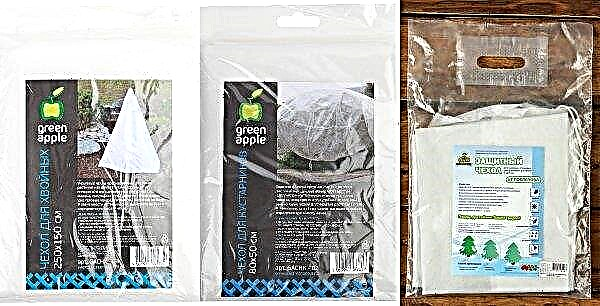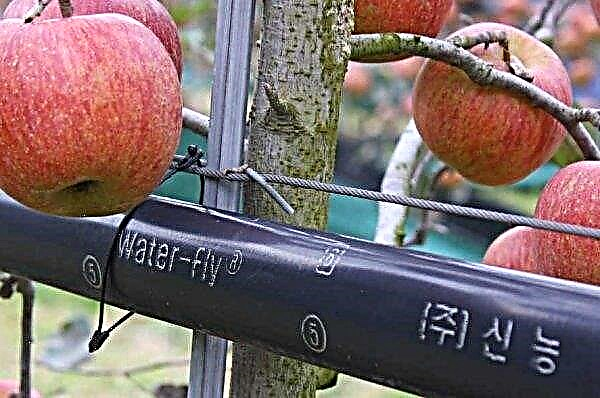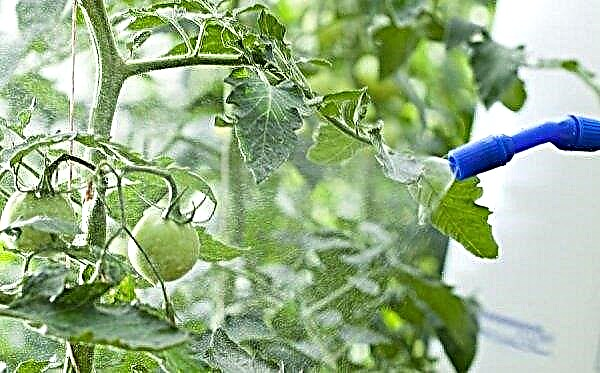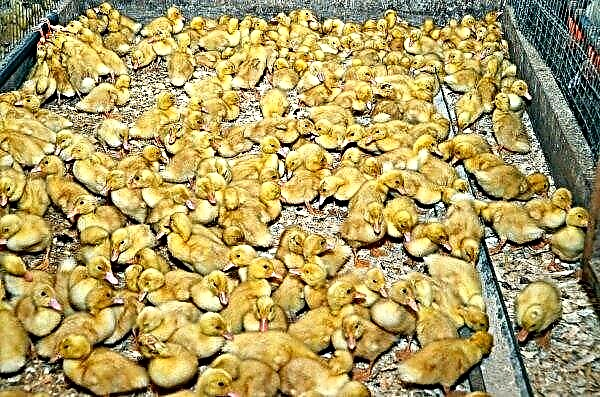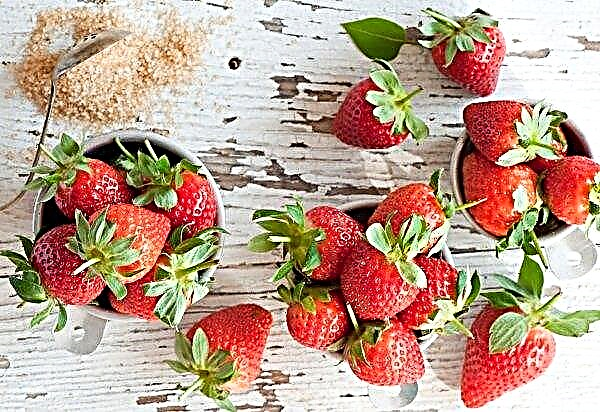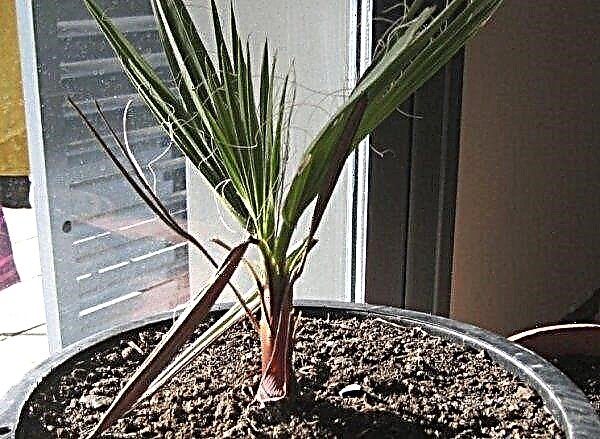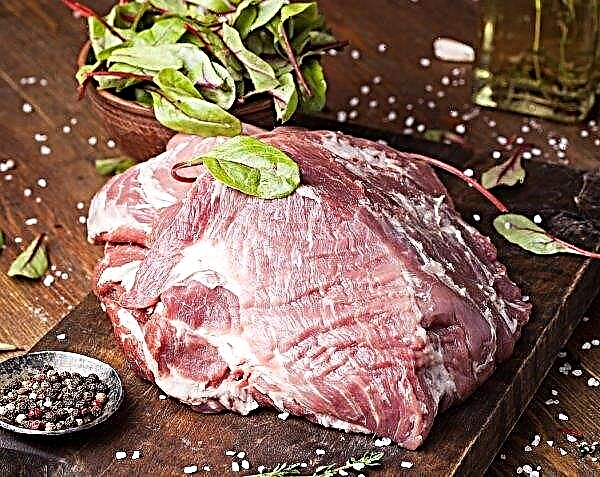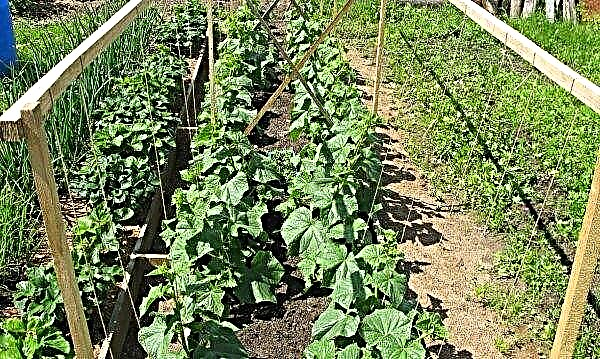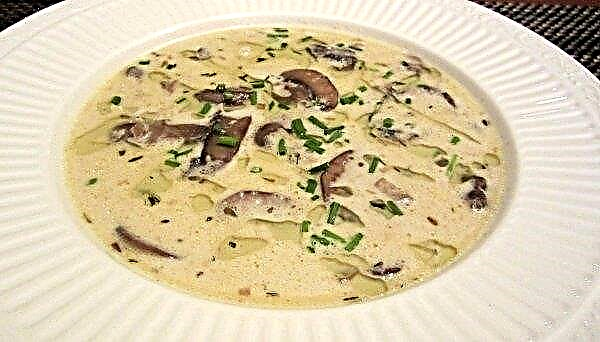Fir belongs to evergreen crops, therefore, it can decorate a garden plot at any time of the year, but sometimes its needles suddenly begin to turn yellow and crumble. This sign indicates a problem, and if the necessary measures are not taken in a timely manner, the tree will completely lose its decorative effect and die. More information about the main causes of yellowing of fir needles, methods for their elimination and the necessary preventive measures - further in the article.
The reasons for yellowing
The main factors that influence the normal growth and development of a tree are proper planting and care. If the gardener makes mistakes when choosing a place for growing fir or incorrectly performs the procedure of planting seedlings, then they can dry out. The tree is unpretentious in care, but in the absence of the latter, it becomes more vulnerable to diseases and pests. If the needles have turned yellow, then the gardener needs to be able to determine the causes of this phenomenon and know what to do next.
Did you know? Fir needles do not crumble for a long time even after the tree has been cut down. Therefore, at the end of the XIX century in England, locals often put this coniferous culture at home for Christmas instead of spruce.
Incorrect landing or care
Most often, fir needles brighten or turn yellow as a result of mistakes made when planting seedlings or during their further cultivation.
The main causes of the disease in this case are:
- improper preparation of the landing pit - they dig it out no less than 2-3 weeks before planting, and then leave it to shrink the earth;
- landing too low - the root neck of a young seedling cannot be deepened into the ground, because it begins to get wet and can become a source of fungal infection;
- large trees growing nearby (maple, oak, fruit crops, etc.) - seedlings are required to be placed no less than 3–5 m from such plantings so that the fir does not suffer from moisture and fertilizer deficiency;
- inappropriate soil composition - best of all, this coniferous crop grows in loose and moderately moist loamy soil containing a sufficient amount of nutrients;
- low-quality planting material - fir seedlings with a closed root system that have reached the age of 2–4 years are best established;
- improper watering - lack of moisture leads to drying of the tree and falling of needles, and excess water in the soil causes fungal diseases;
- spring frosts - at minus temperatures, the fir must be covered with agrofibre, protecting it from freezing;
- nutrient deficiency - For normal growth, conifers are fed with special fertilizers, following the instructions on the package;
- sunburn - if the weather is sunny in early spring, then the trees should be shaded from too bright light so that the needles do not burn out;
- failure to comply with the landing dates - with late planting of seedlings in the ground, they do not have time to take root and begin to dry out;
- an excess of mineral fertilizers in the soil - leads to root burns, causing yellowing of the needles.

Diseases and their treatment
Another common cause of yellowing of fir needles is disease. They can occur as a result of improper care and are characterized by certain symptoms. If a problem is found, you should immediately begin to treat the tree.
Important! It is necessary to treat the crown of fir with medicines in cloudy weather with an interval of 14–20 days. When working with the solution, be sure to wear rubber gloves and a respirator.
The main diseases of the culture:
- Rust. Infection most often affects young specimens, and its main symptom is a group of yellow-orange formations up to 4 cm high on the lower part of the shoots. In the future, the disease covers the branches along the entire length, causing the drying of the needles and the death of the tree. For resuscitation of fir, you need to cut off all yellowed shoots, and then treat the crown with Bordeaux liquid or “Ordan”, following the instructions on the package.
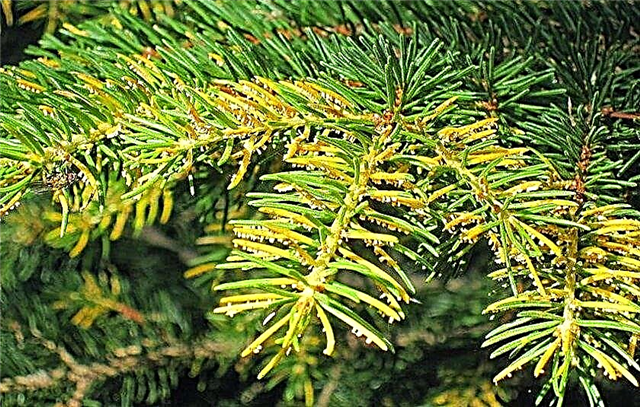
- Mottled rot. This disease begins with the roots and the lower part of the trunk, so immediately notice it can be difficult. The wood in the affected area acquires a strong smell of turpentine and begins to intensively release resin. Then the infection rises along the trunk to a height of 3-4 m, making the bark red-brown and soft. Black dots and white areas appear on the surface of the tree.
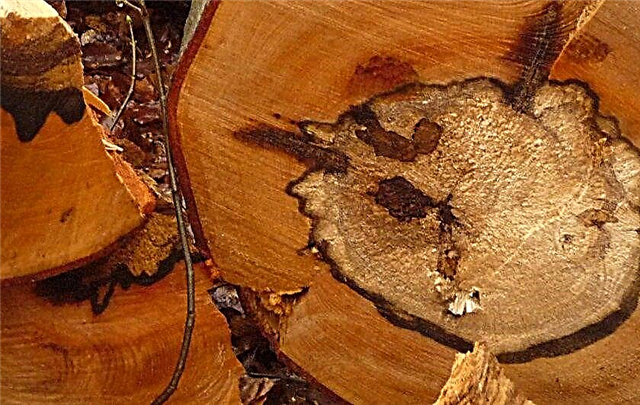
- Shoots die off. The disease usually affects annual growths, causing yellowing of the needles. Gradually, the needles acquire a bright red color, and dark tubercles form on the surface of the branches. Shoots begin to die off from the bottom of the trunk, and the top remains green at the same time. The disease cannot be treated, so the infected specimen needs to be cut down and destroyed.

- Brown shute. This disease occurs mainly in the spring, after the snow has melted. A dark brown coating appears on the surface of the needles, which subsequently causes complete yellowing of the shoots. Infection usually begins with the lower branches in contact with melting snow. When the first symptoms of infection appear, you need to cut and burn the yellow shoots. After that, the tree is sprayed with "Oksihomom".

- Rust cancer. A characteristic feature of this viral disease is the appearance on the branches of vertically growing shoots located close to each other. Tumors often appear on the surface of the wood, and the needles of the tree become thicker and harder. To prevent the spread of infection, it is recommended to destroy affected specimens, i.e. it is impossible to cure them.
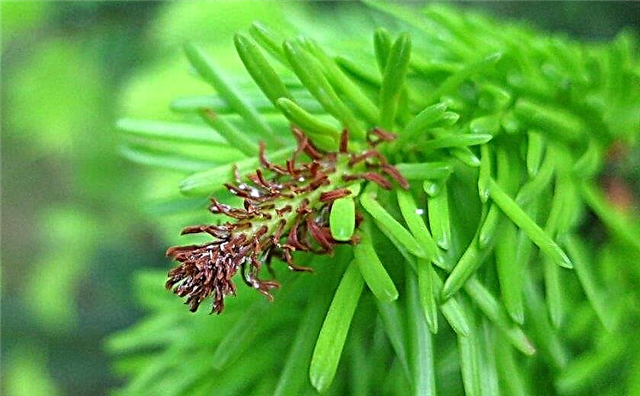
- Browning needles. The causative agent of the disease is a fungus that affects trees of any age in the spring. The first sign of illness is yellow spots on the branches. Over time, they acquire a darker color and cover the entire crown, and small black dots appear on the lower surface of each needle. Affected areas must be removed and destroyed. To prevent the spread of infection, fir is treated with a solution of Abiga-Peak.

- Bacterial dropsy. This disease affects wood, causing cracks in the branches and trunk surface. A black liquid with a characteristic sour smell is released from the damaged areas. The needles of the tree first become light, and then turn red. It is impossible to save the diseased instance, therefore it is destroyed.

- Root rot. It develops on the underground part of the tree, causing its death. At the same time, the needles turn yellow and then become brown. At the advanced stage of the disease, the needles acquire a gray color, the branches dry out and it is no longer possible to save the tree. When the first symptoms of root rot appear, the fir is watered with Fundazolum solution, and in advanced cases they are destroyed.

Pests and the fight against them
In addition to improper care and infections, harmful insects can cause yellowing of fir. They cause damage to different parts of the tree, causing its yellowing and drying, and are often carriers of diseases.
Did you know? In ancient Greece, wreaths were made from fir and ivy branches, which were a symbol of the goddess of witchcraft Hecate.
The most common crop pests are:
- Fir hermes. The insect is a species of aphid and feeds on the juice of needles. The main sign of infection is the appearance of a sticky fluffy white coating on the needles of a tree, which is a product of the vital activity of insects. As a result of this, the shoots turn yellow, deform and dry out. Young seedlings are most affected by hermes. The affected areas of the branches are cut, and the tree is treated with insecticides ("Fufanon", "Rogor").

- Spruce false shield. When this insect appears on the branches of a tree, a sticky shiny coating appears - honey dew. The needles first acquire a brown, and then black color as a result of the propagation of the fungus. After this, the branches dry out, causing shedding of needles. With a small number of pests, they are removed from the surface of the tree with a hard brush. At the advanced stage of the disease, insecticides are used (for example, Decis).

- Spider mite. The pest entangles the needles with a thin web and sucks the juice from the shoots. As a result, the needles turn yellow first and then brown, beginning to fall to the ground. Against ticks use "Actofit." With a small number of insects, it is enough to cut and destroy the affected branches, and then treat the fir with infusion of garlic.
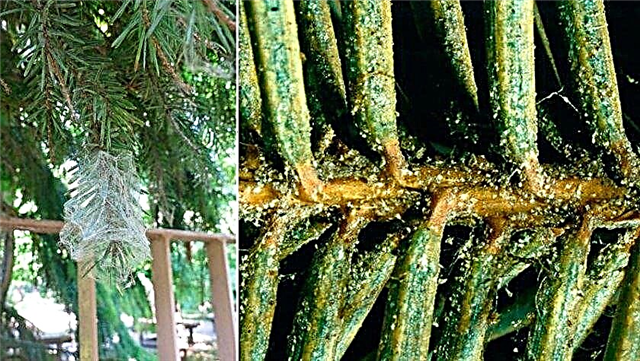
- Siberian silkworm. The caterpillars of this insect do the most harm to the tree. They suck the juice from the shoots, wrapping them in a thin cobweb. A diseased specimen discards the needles, and the branches are exposed and lose their decorative appearance. To combat the pest, the biological product Pepidocide is used.
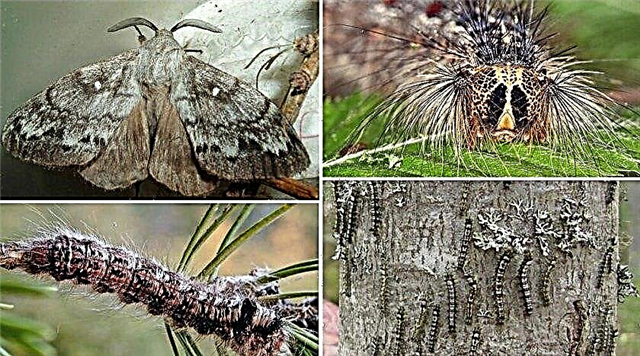
- Cockchafer (Khrushchev). The larvae of this insect live in the upper layers of the soil and eat the roots of the tree. As a result of this, a slowdown in fir growth and yellowing of needles is observed. Adults can overeat young growths of branches, causing the shoots to dry out. Insecticides (for example, “Fufanon”) are used against the scrub, spraying not only the infected specimen, but also the rest of the trees and shrubs located nearby.
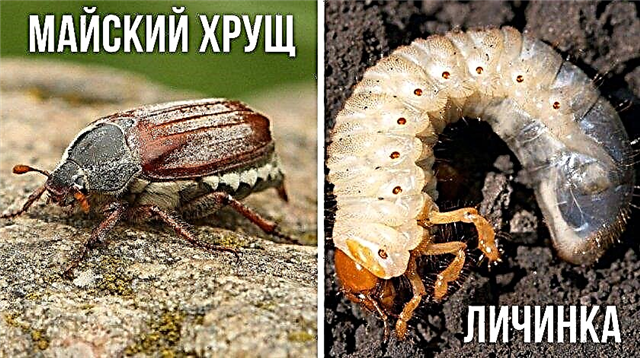
- Black fir barbel. Adult insects are carriers of fungal infections, and their larvae gnaw through through passages in the wood and destroy the bark. The needles on the damaged shoots acquire a red color, and the branch dries out over time. It is practically impossible to exterminate the larvae that have penetrated into the trunk, therefore, it is recommended to pay attention to preventive measures.
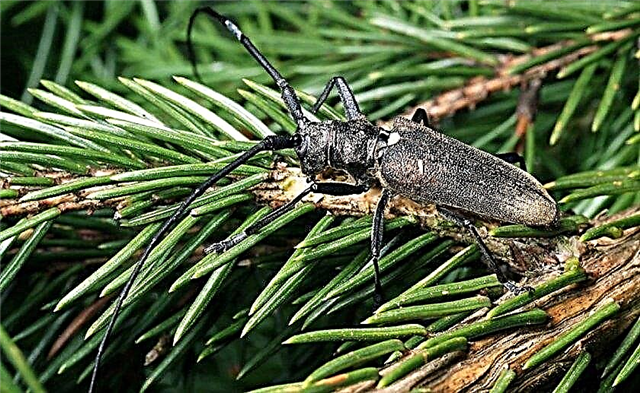
Fir Disease Prevention
It’s much easier to prevent the problems listed above than to spend time fixing them. To do this, when growing fir, you need to follow all the recommendations for care, as well as adhere to the rules of planting and placing trees on the site.
Important! When using insecticides, the interval between treatments should be at least 7-12 days. In one season, no more than 4 sprayings are allowed.
The main preventive measures are as follows:
- adherence to the watering schedule;
- laying the drainage layer when planting a tree;
- use of protection from the spring sun (agrofibre or any non-woven material);
- timely fertilizer application;
- mulching the area of the trunk circle;
- regular pruning of damaged, dried and growing branches close to each other;
- compliance with the scheme and landing technology;
- digging around the trunk in the fall;
- spraying the crown with water in the summer;
- the use of high-quality planting material;
- destruction of plant debris around the tree;
- planting away from other conifers.

If the fir needles began to turn yellow and dry, then the gardener can not leave this phenomenon unattended. Using the information presented in the article, you can correctly determine the cause of the yellowness, as well as quickly reanimate the tree. And the listed preventive measures will help to avoid diseases and pests, making fir a real decoration of any site.















